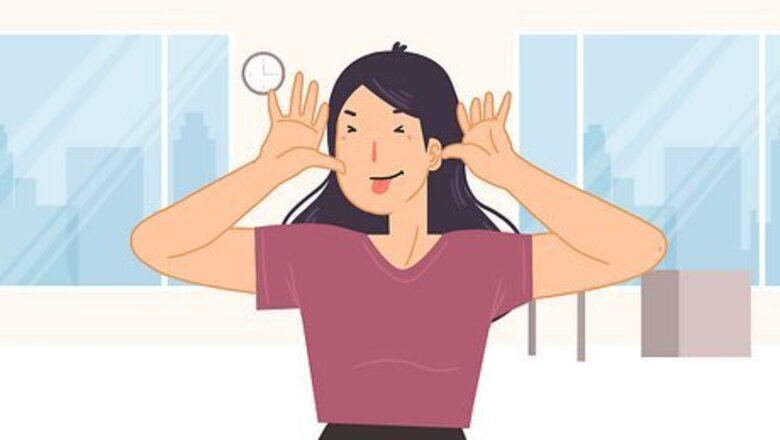
views
Identifying Teasing

Understand playful teasing. It’s common for siblings or teammates to tease others as a way to poke fun of them in a lighthearted or funny way. If someone teases you as a way to be silly or gently poke fun of you, this should be playful and fun. Teasing can foster feelings of affection or closeness. Ideally, the teasing should occur in a relationship where both people can appreciate the teasing and the person being teased is not distressed. If you’re teasing someone, make sure that they are smiling or laughing.
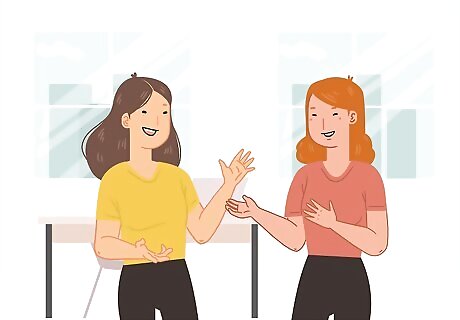
Know different types of teasing. Generally, there are two types of teasing. The first, endearment teasing, is a way to bond over something small or silly. For example, if someone is very dressed up or looking especially put together, you might say, “You got a big date tonight?” Influence teasing might include correcting a behavior, like pointing out to someone that they are speaking with their mouth full. Influence teasing can help to change someone’s behavior without being critical. Instead, it helps to make light of the situation.

Know when it’s okay to tease. There are some times when it’s okay to tease and other times when it is not okay. For example, don’t tease someone you just met or barely know. If you want to tease someone, make sure you have a relationship with them. Appropriate teasing might happen in a casual social situation, like while friends are hanging out and relaxing. If you’re teasing someone, be ready for them to tease you back!
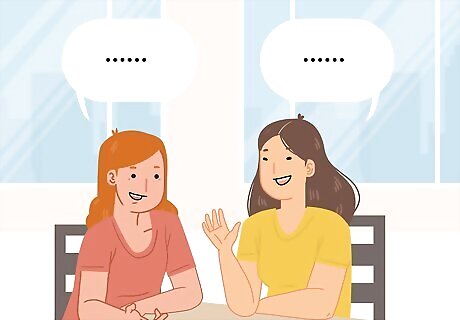
Notice the tone of the statements. Teasing should be done in a joking or affectionate tone, not a violent or aggressive tone. The person teasing shouldn’t be trying to be controversial or mean to the person and everything should be in good fun. It should be harmless and not cause someone to feel bad or insecure. It should never feel aggressive. The tone of the conversation shouldn’t escalate or become tense following teasing.
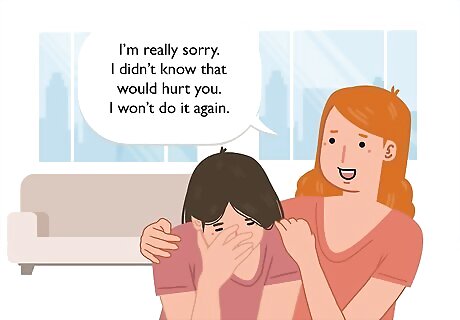
Identify hurtful teasing. There is a fine line between teasing that is considered acceptable and the kind that is considered controversial. It is important to avoid the controversial kind of teasing. Hurtful teasing may not always be intentional, but it can be hurtful nonetheless. For example, harmful teasing includes making fun of someone’s ethnicity, disability, religious or spiritual beliefs, or looks. If you know that someone feels self-conscious about something (like their teeth, hair, car, weight, or money), don’t tease them about this, as this teasing makes them feel bad or insecure. If you tease someone and mean for it to be funny yet they seem upset, apologize immediately. Say that you did not mean to hurt their feelings. Say, “I’m really sorry. I didn’t know that would hurt you. I won’t do it again.” If you’re a parent and overhear hurtful teasing, say, “It’s not nice to talk like that.”
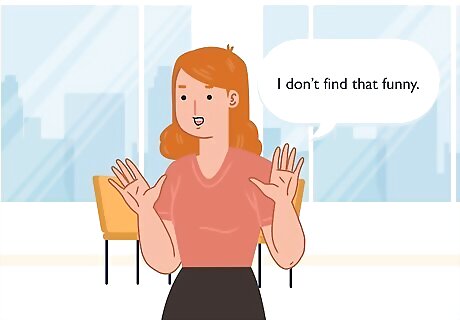
Control the outcome. It is very important to be direct with the person who is making the remarks if you do not like the behavior. If you’re being teased and you ask the person to stop, the person is often quick to cut it out. With teasing, people tend to be more respectful of boundaries and wanting a positive outcome. Because the comments are not meant to be hurtful, you can influence whether they continue or not. If you say, “Hey, I don’t like that,” the person should stop teasing you. A simple, “I don’t find that funny” can stop teasing fairly quickly. As a parent, you can say, “We don’t talk like that. Please stop.”
Determining Bullying Behaviors
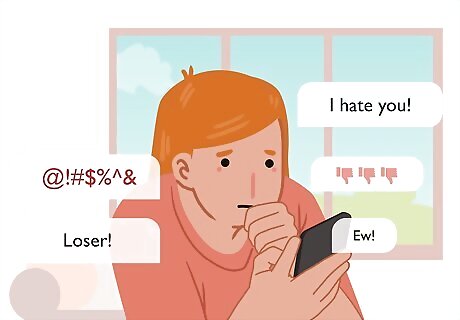
Recognize types of bullying. Bullying may include social alienation, physical force (such as hitting, punching, kicking, or throwing), verbal aggression (such as yelling, name-calling, taunting), or intimidation. A bully may make threats, spread gossip or rumors, or make racial slurs. These actions may occur in person, through social media, texts, or phone calls. If you’re a parent, your child’s mood may change or they may start acting out. Ask them how things are going and if they’re having any problems with peers.
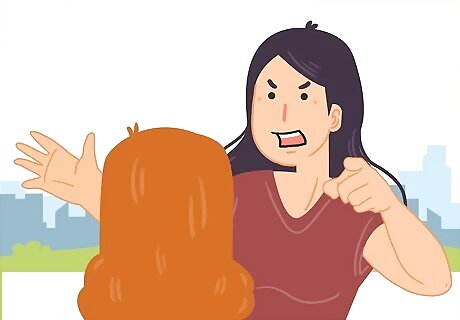
Notice a hostile tone. A bully’s remarks cannot be interpreted as playful, funny, or silly. The words are meant to harm and likely are said in a mean or angry tone. A bully may do something to make a person feel small while trying to feel big. Bullying is an attack on someone. Unlike teasing, there is nothing affectionate or playful about a bully’s words or actions.
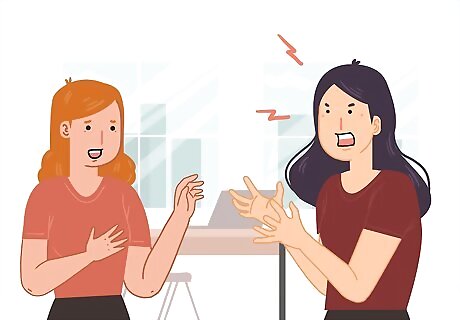
Identify an imbalance of power. With teasing, a person who teases should expect to be teased right back. With bullying, however, the bully intends to be the one in control. The bully may have more power among peers than the person being bullied. Also, the bullying may occur as a bid for power, or as a way to show others that they have more power than another. For example, someone with money might make fun of someone who is poor. This is not playful and is done to show a power or status difference.

Recognize that bullying is meant to hurt. A bully is intentional in trying to hurt someone else. Bullying is meant to hurt, not be playful. The bully says something or does something in order to embarrass or humiliate the person. The comments or actions are intended to make someone feel low or bad. A bully may point out something that makes the person different. For example, a bully may say something about a disability, stutter, or difficulty with a school subject.
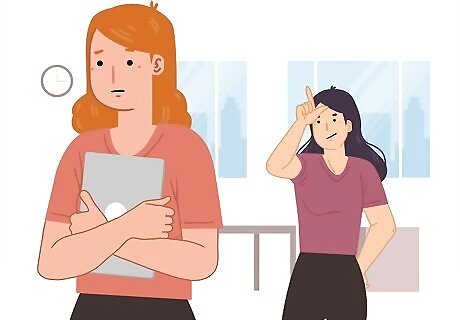
Identify repeated offenses. A bully may continue to pick on someone, even after they’ve shown that they want it to stop. If someone says that they want the bullying to stop, the bully may enjoy taunting the person or make fun of them feeling embarrassed. Bullying may happen every day on the bus, after school, or during classes. With teasing, a person will often stop if asked. A bully, however, may continue the bullying well after someone has told them to stop.
Responding to Bullying
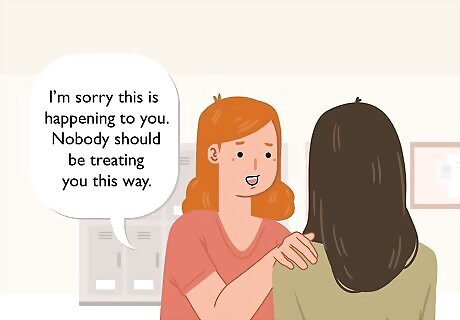
Tell someone. If you’re a kid, tell a trusted adult. This might be a parent, guardian, teacher, friend’s parent, or babysitter. Say what you’re feeling and what’s going on with the bully. They should listen to you and support you. They may even help you find ways to solve problems about your bully. Ask the adult for help in what to do. If a child comes to you for help, think about possible solutions. If the bullying is happening at school, for example, tell the teacher or principal. Offer support and say, “I’m sorry this is happening to you. Nobody should be treating you this way.”
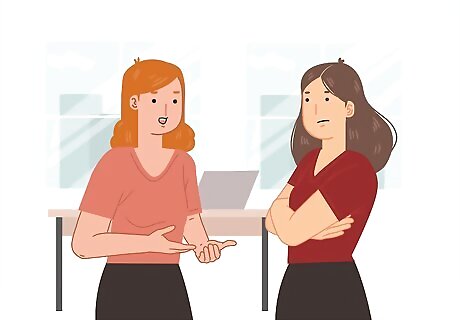
Say something. If you’re being bullied by someone, say something. A bully tends to love the power difference, so stand up for yourself. If you’re feeling shy, have a group of people come with you to confront the bully. Say, “What you’re doing is mean, and I want you to stop.” When you stand up for yourself, you reclaim some power against the bully. If you are a parent, carefully consider getting involved. It can turn into a “he-said/she-said” interaction with the two children. However, you might say to another parent, “Our children are not getting along. What do you think we can do?”
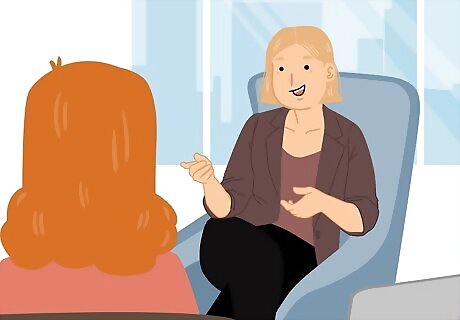
See a counselor. If you’re struggling in dealing with the bully, see about going to a see a school counselor or therapist. They can help you build skills and respond in different ways. They may get you involved in a social skills group or help you build confidence in standing up for yourself. You may go to a counselor at school or see a therapist at a clinic. You may build skills around confidence, self-esteem, and assertiveness. Be aware that if your child or someone you know is feeling distress due to being bullied, then it is important to take care of the issue as soon as possible. Bullying, no matter how insignificant it might seem, can have lasting consequences for mental health.



















Comments
0 comment